Psoriasis Treatment
What Is Psoriasis?
Psoriasis is a chronic, genetic skin condition that leads to the development of red, scaly patches that can appear anywhere on the body, most often on the elbows, knees, and trunk. It affects about 7.5 million Americans, including 20,000 children under the age of 10, and typically begins between ages 15 and 35. Though not contagious and currently without a cure, psoriasis tends to cycle through periods of flare-ups and remission over a person’s lifetime.
How Psoriasis Develops
In people with psoriasis, the immune system sends faulty signals that cause skin cells to grow much faster than normal. While typical skin cells renew every 28 days, psoriasis accelerates this process to just 3 to 6 days, resulting in a buildup of dead skin cells that form raised, red plaques covered with silvery white scales.
Risk Factors and Impact
Psoriasis has a genetic basis and often runs in families, but flare-ups can be triggered by many factors such as stress, skin injuries, certain medications, diet, allergies, and weather changes. People with psoriasis also face an increased risk for a range of other health problems, including heart disease, diabetes, inflammatory bowel disease, obesity, depression, and other immune-related conditions.
Common Triggers
Typical triggers that can worsen psoriasis include:
-
Infections (like strep throat)
-
Skin injuries (cuts, bug bites, sunburn)
-
Cold, dry weather
-
Stress
-
Heavy alcohol consumption
-
Some medications (including lithium and blood pressure drugs)
Psoriasis Treatment Options
Although there is no cure, many effective treatments can minimize symptoms and help speed healing. Treatment plans may include:
-
Topical treatments (corticosteroids, vitamin D analogues, coal tar, retinoids, moisturizers)
-
Systemic medications (oral or injected drugs that target the immune system such as methotrexate, cyclosporine, or biologic medications)
-
Lifestyle adjustments and management of triggers
The right approach is personalized to each patient’s needs and may change over time to best address the severity and pattern of the condition.
Pharos EX-308 Excimer Laser
RI Dermatology has the latest in technology for psoriasis treatment: the Pharos EX-308 Excimer laser. Patients may need fewer treatments than with traditional phototherapy, and some patients may enjoy several months of treatment-free remission. The excimer laser is covered by most insurances.


Rhode Island's Preferred Choice
Why Choose Us?
Inclusive Care
Our team is fluent in English, Spanish, Portuguese, and Laotian. We gladly serve everyone from infants to senior citizens.
Urgent Appointments
Time is essential when facing an emergency, so call us today for an appointment. You will never have to wait for an urgent appointment.
Caring Staff
Our compassionate team provides personalized attention and support throughout your treatment journey.
Convenient Location
Easily accessible location in the heart of Rhode Island with ample parking and flexible scheduling.
Latest Technology
State-of-the-art equipment and cutting-edge treatments for optimal results and patient comfort.
Patient Satisfaction
Consistently high patient satisfaction scores and positive outcomes across all our services.
Schedule an
Appointment Today!

Testimonials
What Our Patients Say
Donna
Dr Shane is always thorough and professional. I’ve been coming here for many years with always a positive experience.His staff is friendly, compassionate and professional. I never have to wait long at my appointments.

Alan
From the receptionist to the dermatologist, all were/are helpful and professional.

Carla
Kind professional services provided in a timely manner. I sppreciate Taylor always gives me options and values my input.

